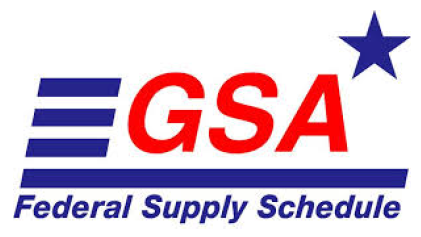Introduction
The General Services Administration (GSA) has recently announced significant updates to its Acquisition Regulation (GSAR), specifically concerning the Federal Supply Schedule (FSS) Economic Price Adjustments (EPA). These changes, which include a proposed rule and a final rule, are set to impact how contractors adjust their pricing on GSA contracts. This blog post will explore these updates, their implications for government contractors, and what businesses need to know to stay compliant and competitive.
Overview of the Changes
The updates to the GSA Acquisition Regulation regarding FSS EPAs were published in two key documents: a proposed rule issued on November 16, 2023, and a final rule published on August 5, 2024. These documents outline changes aimed at providing greater flexibility and transparency in the price adjustment process for GSA contract holders.
Proposed Rule (November 16, 2023)
The proposed rule introduced several changes designed to streamline the EPA process. Key highlights include:
- Simplified Procedures: The proposed rule sought to simplify the procedures for requesting EPAs, making it easier for contractors to adjust prices in response to market fluctuations.
- Increased Transparency: Enhanced requirements for documentation and justification of price adjustments to ensure that changes are clearly supported by market data.
- Expanded Criteria for Adjustments: Broadened the criteria under which EPAs can be requested, allowing for adjustments based on a wider range of economic indicators.
Final Rule (August 5, 2024)
Building on the proposed rule, the final rule solidifies the changes and provides detailed guidance on implementation. Key aspects of the final rule include:
- Implementation of Simplified Procedures: Formal adoption of the simplified EPA request process, reducing the administrative burden on contractors.
- Documentation Requirements: Detailed guidelines on the type of documentation required to support EPA requests, including market analysis and pricing data.
- Frequency of Adjustments: Clarification on how often price adjustments can be requested, providing more predictability for contractors.
- Compliance and Monitoring: Enhanced measures for compliance monitoring and enforcement to ensure adherence to the new regulations.
Implications for Government Contractors
The updates to the GSA Acquisition Regulation have several important implications for contractors holding FSS contracts:
1. Ease of Price Adjustments
The simplified procedures for requesting EPAs mean that contractors can more easily adjust their prices to reflect changes in market conditions. This can help businesses maintain profitability in the face of inflation and other economic pressures.
2. Improved Documentation Practices
With the increased emphasis on documentation, contractors will need to ensure they have robust processes in place for collecting and presenting market data. This not only aids in securing EPAs but also enhances overall business transparency and accountability.
3. Strategic Pricing Adjustments
The expanded criteria for EPAs allow contractors to be more strategic in their pricing adjustments. By closely monitoring a broader range of economic indicators, businesses can better anticipate and respond to market changes.
4. Compliance and Risk Management
Enhanced compliance monitoring means that contractors must stay vigilant in adhering to the new regulations. This includes maintaining thorough records and being prepared for audits or reviews by the GSA.
Steps for Contractors to Adapt
To effectively navigate these changes, contractors should consider the following steps:
- Review the Final Rule in Detail: Ensure a comprehensive understanding of the new requirements by reviewing the final rule document thoroughly.
- Enhance Documentation Processes: Develop or improve systems for capturing and analyzing market data to support EPA requests.
- Train Relevant Staff: Provide training for staff involved in contract management and pricing to ensure they are aware of the new procedures and documentation requirements.
- Monitor Economic Indicators: Stay informed about relevant economic indicators that could impact pricing and trigger the need for EPAs.
- Engage with GSA Resources: Utilize GSA-provided resources and guidance to stay up-to-date with best practices and compliance tips.
Conclusion
The recent updates to the GSA Acquisition Regulation concerning Federal Supply Schedule Economic Price Adjustments represent a significant shift in how pricing adjustments are managed in government contracts. By understanding and adapting to these changes, contractors can take advantage of the streamlined processes and improved flexibility to maintain competitive and profitable pricing strategies. For further details and guidance on implementing these changes, contractors are encouraged to review the full text of the proposed and final rules and seek professional advice as needed.








